What are the answers to the teacher training module on digital transformation in 2024? What is the current teaching norm for lower secondary school teachers in Vietnam?
What are the answers to the teacher training module on digital transformation in 2024?
The answers to the teacher training module on digital transformation in 2024 in education include questions and suggested multiple-choice answers for digital transformation training, digital skills, and basic digital knowledge for teachers to refer to when taking the final test of the most updated teacher training course.
Teachers can refer to the following answers to the teacher training module on digital transformation in 2024:
Answers to the teacher training module on digital transformation in 2024
Question 1. Which decision by the Prime Minister of Vietnam approves the National Digital Transformation Program until 2025, with a vision to 2030?
A. Decision No. 146/QD-TTg.
B. Decision No. 411/QD-TTg.
C. Decision No. 749/QD-TTg.
D. Decision No. 942/QD-TTg.
Question 2 Before the birth of the National Digital Transformation Program, for how many years did Vietnam implement computerization and information technology applications?
A. 5 years.
B. 10 years.
C. 20 years
D. 30 years.
Question 3. What are the three pillars of national digital transformation?
A. Digital government, digital infrastructure, digital awareness.
B. Digital government, digital economy, digital society.
C. Digital regulation, digital economy, digital citizen.
D. Digital administration, digital economy, digital infrastructure.
Question 4 What is the significance and role of digital transformation for Vietnam?
A. Digital government helps the government operate more efficiently, effectively, more transparently, and reduces corruption.
B. The digital economy fosters innovation, creates new values, helps increase labor productivity, and creates a new growth driver, escaping the middle income trap.
C. A digital society allows citizens equal access to services, training, and knowledge, narrowing the development gap and reducing inequality. Industries and sectors are optimized and smartened to improve residents' life experience and quality.
D. All of the above options.
Question 5 What year is 2023 in the implementation of the National Digital Transformation Program?
A. First year.
B. Second year.
C. Third year.
D. Fifth year.
>>> Continue in the download file.
2. Multiple-choice Answers on Digital Data
Question 1 When did the First Industrial Revolution occur?
A. 1760-1840
B. 1870-1914
C. 1960 - present
D. 2000 - present
Question 2 Who improved and perfected the steam engine, playing a crucial role in the First Industrial Revolution?
A. Henry Ford
B. James Watt
C. Thomas Edison
D. Nikola Tesla
Question 3 Which development characterized the Second Industrial Revolution?
A. Steam engine
B. Internet
C. Birth of the production line
D. Artificial intelligence
Question 4 In which decade did personal computers (PCs) emerge?
A. 1960
B. 1970
C. 1980
D. 1990
- Multiple-choice Answers on Basic Digital Knowledge
Question 1 What is digital transformation?
A. Digital transformation is a major, breakthrough direction in the economic and social development of a province.
B. Digital transformation is adapting to changes brought about by technology.
C. Digital transformation is the process of converting paper documents into electronic documents.
D. Digital transformation is the process of self-changing the way we live and work in the physical-digital environment.
Question 2 What are the three levels of digital transformation?
(1) Application of information technology; (2) Computerization; (3) Digitization,
(1) Digitization; (2) Digital business operation model; (3) Digital transformation;
(1) Application of information technology; (2) Digitization; (3) Digital transformation;
(1) Digitization; (2) Digital development; (3) Application of digital technology
Question 3 What is the correct content regarding Exploiting digital opportunities?
A. Representing entities (objects, things) in nature, from natural form, physical form to digital form, creating digital versions of entities, thereby creating a physical-digital pair (digital twin).
B. It is "process digitization", "organizational digitization", or "enterprise digitization" – a level where digital technologies and data define new operation methods and processes for organizations or enterprises.
C. It is a systemic change in the organization based on a new operation or business model, involving changes in people, institutions, and the application of digital technologies in the organization.
D. All three statements above are incorrect.
Question 4 According to course materials, which of the following is suggested for creating a digitization plan for any organization?
A. Digitization does not enrich the digital environment or make the organization richer in assets, so one should always think about organizing, storing, and protecting digitized data.
B. There should be a connection between the level of digitization and the level of digital transformation when planning digitization.
C. Operation models and processes can change and adjust in reality; thus, digitization plans should also adjust accordingly.
D. The basic principle is digitization aims to create assets and opportunities for digital activities in the organization.
Question 5 What does the digital environment mean to us?
A. The activity of entities can be calculated and controlled through digital versions (data) connected to them in the digital environment.
B. The application of information technology in activities of organizations and enterprises when digital opportunities are increasing.
C. Creating numbers to describe and represent entities, meaning creating data or digital versions of entities.
D. A branch of artificial intelligence aiming to make machines learn like humans.
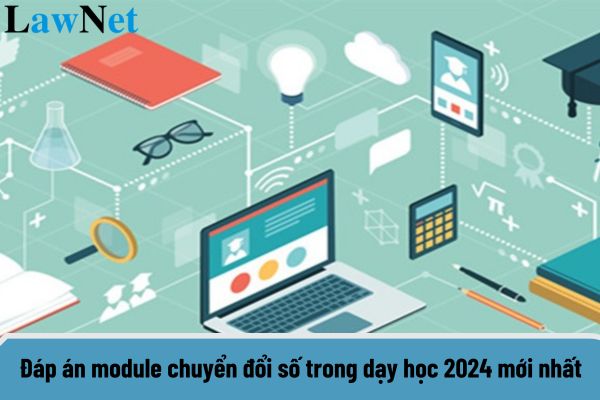
What are the answers to the teacher training module on digital transformation in 2024? What is the current teaching norm for lower secondary school teachers in Vietnam? (Image from Internet)
What is the current teaching norm for lower secondary school teachers in Vietnam?
Under Article 6 of the Regulations on working policies for general education teachers issued with Circular 28/2009/TT-BGDDT (supplemented by Clause 5, Article 1 of Circular 15/2017/TT-BGDDT):
Teaching Norm
The teaching norm is the number of theoretical or practical lessons each teacher must teach in a week. Specifically:
1. The teaching norm for primary school teachers is 23 lessons, lower secondary school teachers is 19 lessons, upper secondary school teachers is 17 lessons;
2. The teaching norm for teachers of boarding ethnic secondary schools is 17 lessons at the lower secondary level, 15 lessons at the upper secondary level;
The teaching norm for teachers of semi-boarding ethnic secondary schools is 21 lessons at the primary level, 17 lessons at the lower secondary level;
The teaching norm for teachers at schools for the disabled and handicapped is 21 lessons at the primary level, 17 lessons at the lower secondary level.
2a. The teaching norm for teachers at pre-university schools is 12 lessons
3. Teachers who serve as Leader of the Ho Chi Minh Young Pioneer Organization at rank I schools teach 2 lessons per week, rank II schools teach 1/3 of the teaching norm, rank III schools teach 1/2 of the teaching norm of teachers at the same education level. The classification of general education schools is according to current regulations.
Under the above regulations, the teaching norm for teachers of boarding ethnic secondary schools is 17 lessons at the lower secondary level, 15 lessons at the upper secondary level;
The teaching norm for teachers of semi-boarding ethnic secondary schools is 21 lessons at the primary level, 17 lessons at the lower secondary level;
The teaching norm for teachers at schools for the disabled and handicapped is 21 lessons at the primary level, 17 lessons at the lower secondary level.
Thus, the current teaching norm for lower secondary school teachers is specified as follows:
- For teachers at boarding ethnic secondary schools, it is 17 lessons at the lower secondary level.
- For teachers at schools and classes for people with disabilities, it is 17 lessons at the lower secondary level.
What is the working period of lower secondary school teachers in Vietnam?
Under Clause 2, Article 5 of the Regulations on working policies for general education teachers attached to Circular 28/2009/TT-BGDDT (as supplemented by Clause 3, Article 1 of Circular 15/2017/TT-BGDDT):
Annual working period and rest
...
2. The working period of lower secondary and upper secondary school teachers during an academic year is 42 weeks, comprising:
a) 37 weeks for teaching and educational activities as per the academic year time plan.
b) 03 weeks for learning and professional development.
c) 01 week for preparing the new academic year.
d) 01 week for concluding the academic year.
...
Thus, the working period for lower secondary school teachers will be 42 weeks, including:
- 37 weeks for teaching and educational activities per the academic year plan.
- 03 weeks for learning and professional development.
- 01 week for preparing the new academic year.
- 01 week for concluding the academic year.


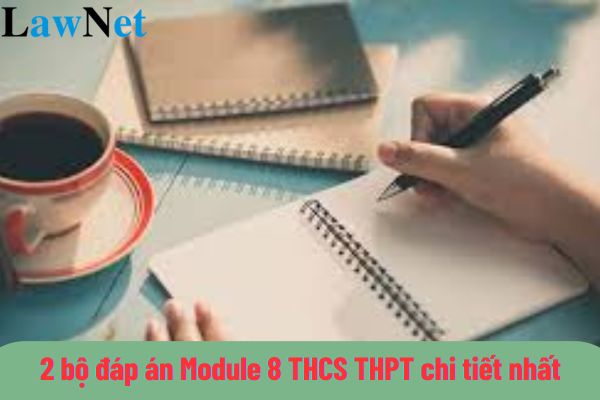
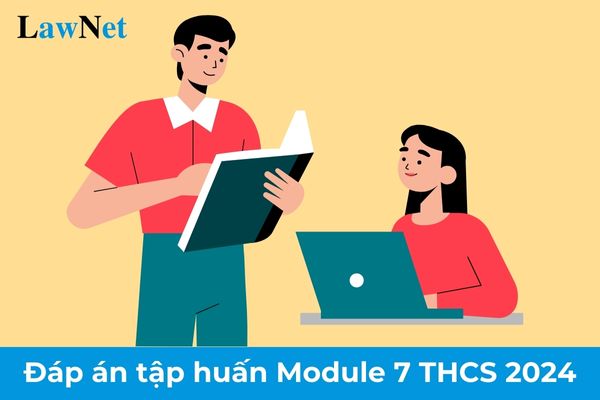
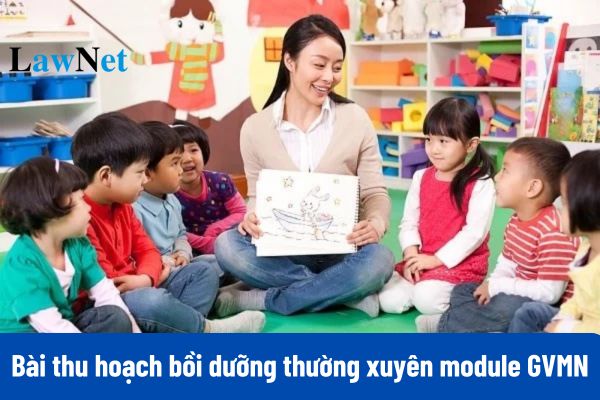
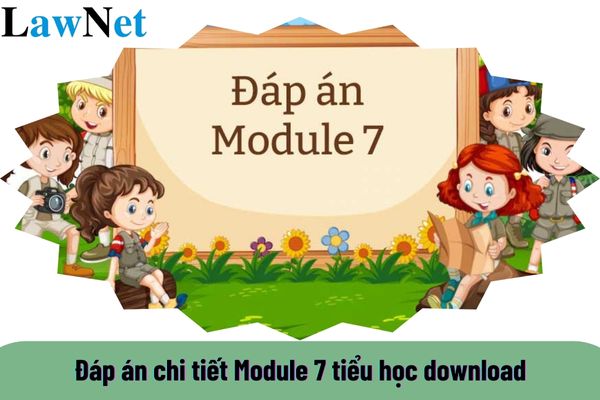
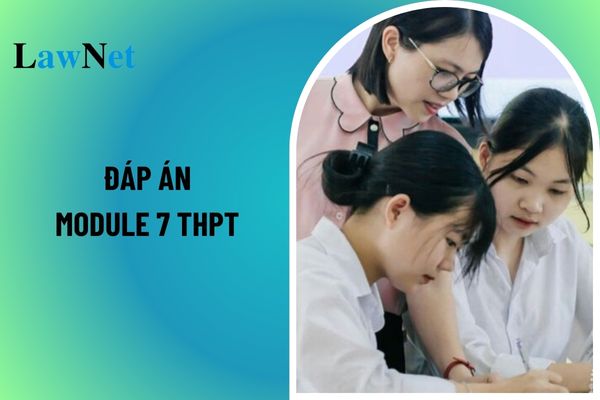

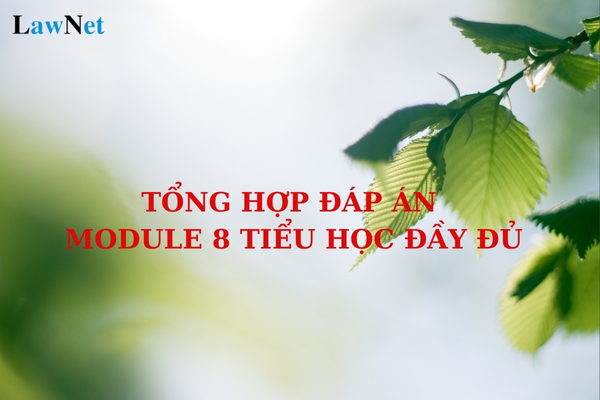
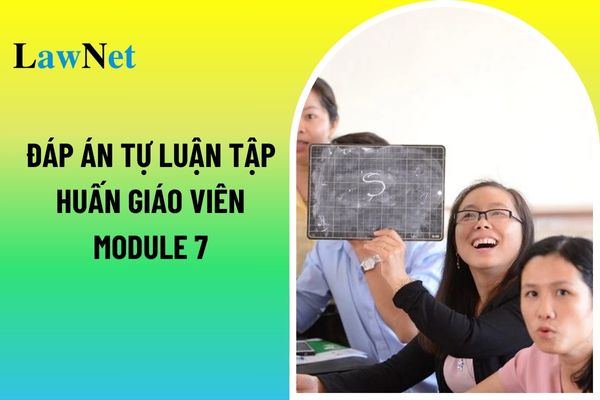
- What are the 10 best sample argumentative essays on gratitude? What are the regulations on the attire of 7th-grade students in Vietnam?
- What are the 04 best sample analysis essays on the story "Lặng lẽ Sa Pa"? What are the general objectives of the Literature curricula in Vietnam?
- What are the 03+ sample outlines for expressive essays on people or events for 7th-grade students in Vietnam? What are the duties and powers of lower secondary schools in Vietnam?
- What is the sample outline for an analysis essay on Kim Lan's short story "Làng"? How many periodic assessments per semester do 9th-grade students in Vietnam undergo?
- What are the regulations on the method of enrollment for lower secondary education in Vietnam?
- What are the 03 sample essays on a form of art? What are the objectives of the Vietnamese language subject at the primary level?
- Is Decision No. 448/QD-BGDDT 2025 regarding the establishment of an inspection delegation for compliance with Circular 29 on extra classes in Vietnam available?
- What is the list of universities applying admission by academic records in Ho Chi Minh City in 2025? What are the priority policies in enrollment for undergraduate programs in 2025?
- What is the enrollment plan for 6th grade and 10th grade for the 2025-2026 school year in Quang Nam Province?
- Does the People's Police Academy of Vietnam announce the enrollment of 530 candidates in 2025?

